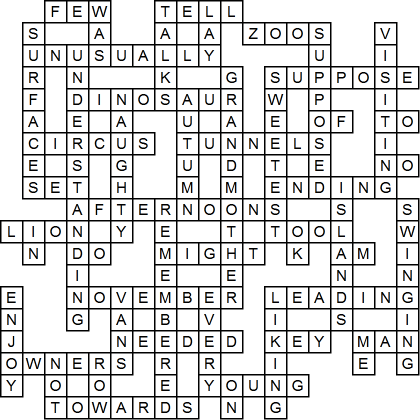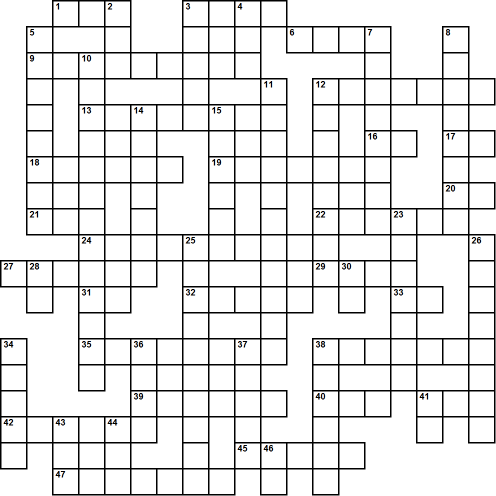Exercises: In the following sentences, determine whether you should use Present Continuous or Simple Present form. Remember that the Present Continuous needs the correct form of “be”. If the sentence is a question, remember to include the correct form of “do” for question formation.
Example:
_____ tomatoes? (you / like) ==> Do you like tomatoes?
Please be quiet – _____ now. (the baby / sleep) ==> Please be quiet – the baby is sleeping now.
1. Susan is knitting a sweater for her cousin’s birthday.
2. Mother is cooking broccoli for dinner, but Steve hates that vegetable.
3. It’s snowing so hard I can’t see across the street.
4. Do you remember your first day of school as a child?
5. Tonight the lecturer is speaking about rattlesnakes.
6. He gives lectures about rattlesnakes all over the country.
7. Where are you going?
8. She prefers tea over coffee.
9. Paul speaks three languages.
10. Do you believe in ghosts?
11. I always forget my cousin’s birthday, so I’m writing it down on my calendar.
12. Jim drives fast whenever he’s mad.
13. Tim is playing in a golf tournament this weekend.
14. He plays in tournaments every chance he gets.
15. Karen is reading a book for her literature class.
16. It’s raining so much that the city park by the river is now flooded.
17. Why didn’t Bill study for his test? He knows better than that!
18. After school he goes to the library.
19. We’re going to the movies tonight after dinner.
20. I’m writing a letter to my nephew.


